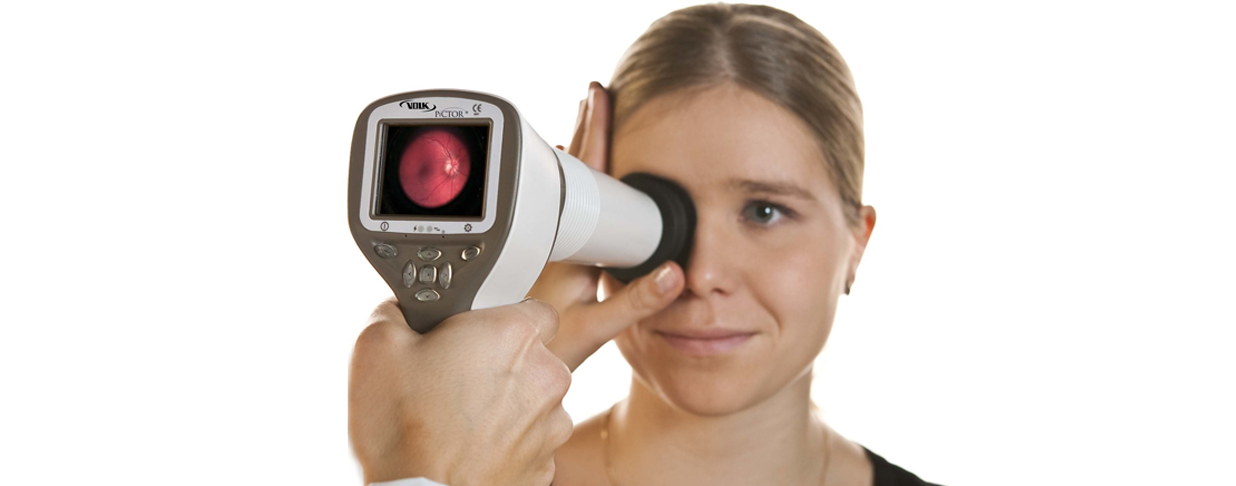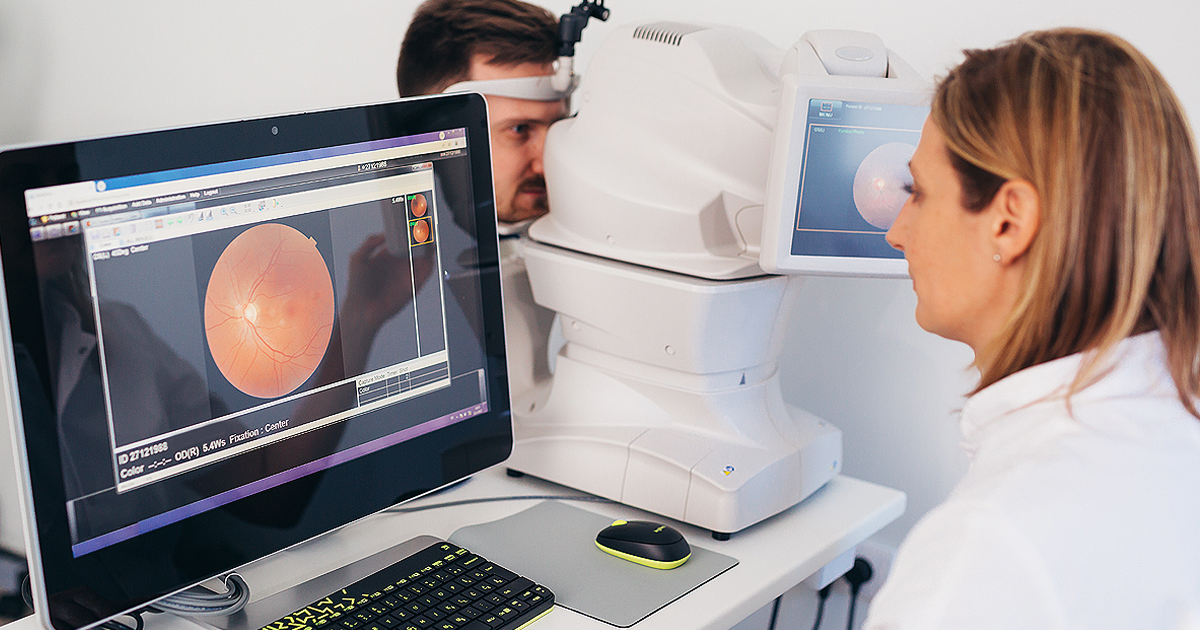Comprehensive vision care benefits for the entire family can help employers, as well as members, manage long-term health care costs. And for kids, the preventive benefits may go twice as far. But when should you take your child to the eye doctor for the first time?
Benefits that include vision care for the whole family, including kids, can help benefit members and employers reduce overall healthcare expenses for years. This is because a child’s eye exam can detect a range of conditions, including astigmatism and lazy eye, that could affect learning and social development. [1]
Considering that family health issues cost employers nearly $1,250 a year in lost productivity — per employee — those savings could be substantial. [2]
Signs it’s time to see an eye doctor: Common eyesight problems in children and behaviors that may indicate an issue
Vision care is especially crucial for children because 1 in 4 experiences an eyesight problem that could interfere with their education and behavior. [3] Plus, as much as 80% of learning occurs through visual tasks such as reading and writing. Kids simply don’t know if their vision is off, so we can’t expect them to tell us. However, we’re here to help. Here are some kids’ vision symptoms to look for: [4]
- Headaches and/or tired eyes are a sign of farsightedness, or difficulty seeing objects nearby.
- Squinting and heavy blinking could indicate blurred vision.
- Kids tend toward head tilting when their eyes don’t line up or are crossed.
- Lower grades might reveal poor eye-hand coordination and depth perception, which could result from lazy eye.
- When kids read with their fingers, they may be struggling with double vision.
You can learn more about these behaviors and possible implications through this interactive tool found on Eyesiteonwellness.com, “Beyond the behavior: What your child’s actions may be saying about how they see.” It’s an easy go-to for spotting vision red flags among children.
Vision exams: When to take kids to the eye doctor
The American Optometric Association (AOA) recommends infants receive a baseline eye exam by an optometrist or ophthalmologist before 24 months. Between the ages of 3 and 5, kids should get at least 1 comprehensive eye exam to prevent or diagnose potentially longer-term conditions. After that, the AOA advises that children receive comprehensive eye exams before entering the first grade and annually thereafter. [5]
Note--we’re talking about eye exams performed by an eye doctor. Vision screenings in school are a great resource, but they may not test for a range of potential eye health and/or vision issues including depth perception and peripheral vision, how well the eyes work together and astigmatism. [6] Parents should take advantage of both, especially if they have a vision benefit, because about 20% of students are referred to an eye doctor or nurse as a result of a school screening. [7]
Vision exams are so important to children that charitable organizations, such as OneSight, are dedicated to helping students get eye exams and glasses if they don’t have vision benefits to access and pay for care.
Children’s eye exam cost -- more ways your vision benefits can help
Employers and benefits brokers can also improve kids’ vision health while reducing potential health expenses by asking your vision benefits representative about kids' specific vision care needs. EyeMed’s KidsEyes benefit enhancement, for example, includes 2 full exams annually to help address vision correction changes, lens exchange if the child’s vision changes within the same benefit year, 40% off replacement glasses (in network), covered polycarbonate lenses (an impact-resistant, light-weight lens) and more.
Those glasses will put the future in focus, because today’s children are a company’s next workforce. It pays to invest in them now with a good vision benefit including a comprehensive eye exam.
Want more information? Visit our employer resources page for more information on how EyeMed benefits help address employer group challenges related to vision care, including our “HealthyEyes” brochure.
If you enjoyed this article, you may also want to read:
Is there an average age kids start wearing glasses?
Vision benefits with the whole family in sight




